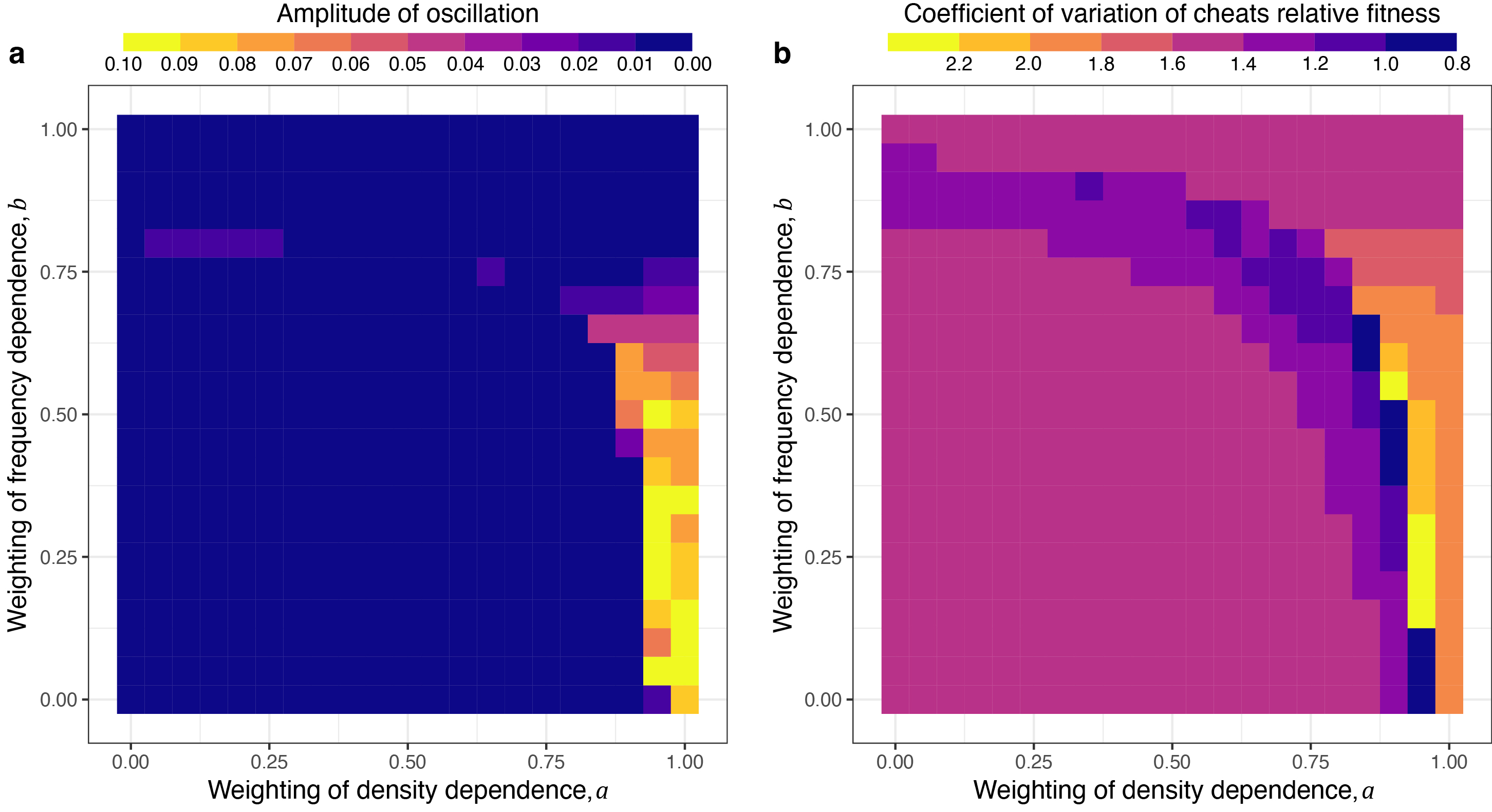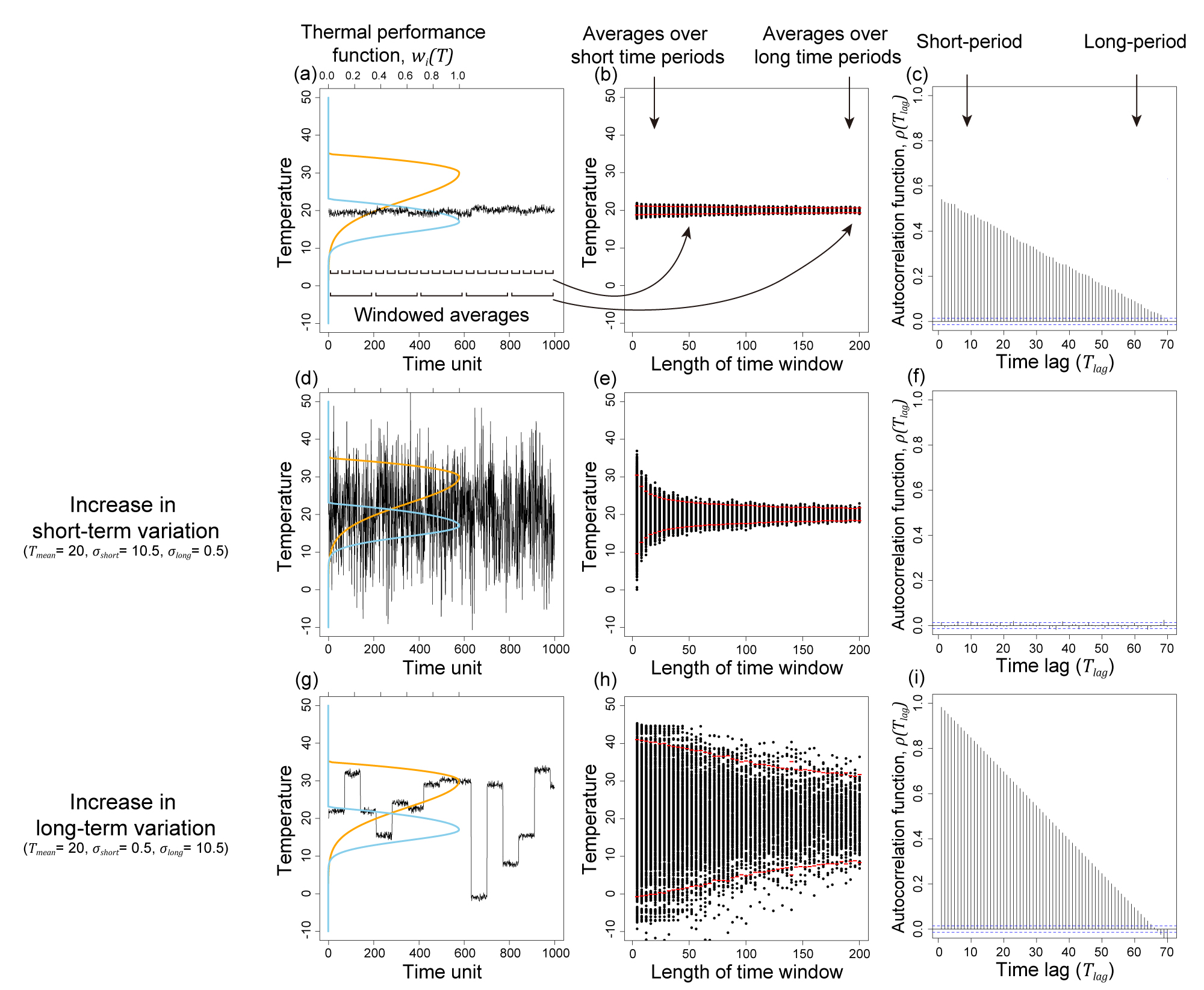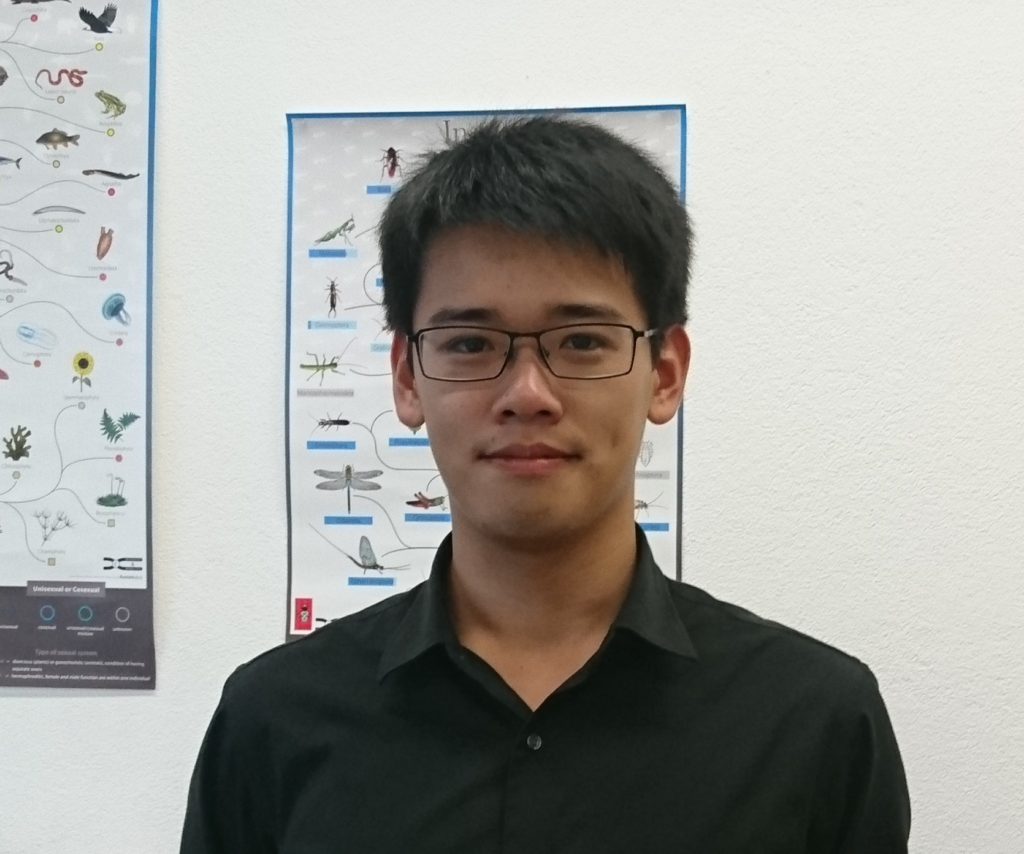About
Hi, I’m Ming! I am a postdoc at Dunn School of Pathology at the University of Oxford. I study the eco-evolutionary dynamics of the biological world through simulations, statistics, experiments, and mathematical modeling. I recently completed my PhD with Stuart West before joining Kevin Foster’s group in late 2023. My current work focuses on the diversity-stability relationship in biological communities, a key question for understanding how biological communities respond to disturbances such as climate change and antibiotic treatments. During my postdoc, I leverage microbial community data to advance new theoretical and predictive frameworks.
I’m also a freelance photographer with ~15 years of experience. Feel free to explore my photographic work here!
If you would like to reach out, please contact: ming.liu.ac [at] gmail.com. Below is a short summary of my research themes (published work only).
Research
My PhD thesis is about the evolution of phenotypic diversity, that is, why do we see variations between individuals within the same species (e.g., behavior or moprphology)? I looked into various mechanisms that support the selection for variation, described in the following subsections. (Stay tuned for updates on my postdoc projects!)
Division of labour (DoL)
One way to get variaiton within a population is through specialisation to various tasks, and make the entire group of individual become more adaptive. Stu’s research group has a series of paper on this topic, including DoL’s formal definition, what population settings favour DoL, the mechanism to divide labour in clonal population, or nonclonal population, and how does the spatial network between individuals affects DoL.

Cheat-cooperator dynamics
Another way to get individual difference within a population is through the coexistence between cheats and cooperators, where the latter produce some public goods while the former exploit them. Two of my past projects investigated this dynamics: (1) If a ‘manipulative cheat’ can co-evolve with cheating trait, then a genetic arms-race could occur. This mechanism can help explains some genetic complication found in empirical populations (paper). (2) If the population goes through periodic bottlenecks and there are some density dependence of the cheats’ growth rate on cooperators’ abundance, then the proportion of cheats could oscillate through time (paper).

Abiotic environmental fluctuations
The third way to maintain variation within a population is through the balencing selection induced by abiotic environmental fluctuations. That is, if strategies are optimal at different times, then the fitness difference between strategies are reduced and coexistence is more likely to happen. Two of my previous projects investigated the effects of fluctuations on different time scales: (1) Long-term variations favour specialists against generalists, while short-term variations promote coexistence of both (paper). (2) Long-term variations facilitate competitive exclusions between specialists, while short-term variations still promote coexistence. By mixing the two, we recovered all possible combinations of previously proposed patterns on variability and diversity (paper).

